
Roger François Jouret, better known as Plastic Bertrand, is a Belgian musician, songwriter, producer, editor and television presenter, best known for the 1978 international hit single "Ça plane pour moi".

Jacques Demy was a French director, lyricist, and screenwriter. He appeared in the wake of the French New Wave alongside contemporaries like Jean-Luc Godard and François Truffaut. Demy's films are celebrated for their visual style, which drew upon diverse sources such as classic Hollywood musicals, the plein-air realism of his French New Wave colleagues, fairy tales, jazz, Japanese manga, and the opera. His films contain overlapping continuity, lush musical scores and motifs like teenage love, labor rights, chance encounters, incest, and the intersection between dreams and reality. He was married to Agnès Varda, another prominent director of the French New Wave. Demy is best known for the two musicals he directed in the mid-1960s: The Umbrellas of Cherbourg (1964) and The Young Girls of Rochefort (1967).
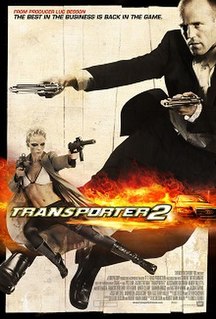
Transporter 2 is an English-language French 2005 action-thriller film directed by Louis Leterrier. Written by Robert Mark Kamen and co-producer Luc Besson, it is the sequel to The Transporter (2002), as well as the second installment of Transporter trilogy. The film stars Jason Statham, Alessandro Gassman, Amber Valletta, Kate Nauta, François Berléand, Matthew Modine, and Jason Flemyng. Both Statham and Berléand reprise their roles as Frank Martin and Inspector Tarconi, respectively. In the story, Frank chauffeurs a young boy from Miami, Florida, who is soon kidnapped and tries to rescue him. The film was followed by Transporter 3 which was released in 2008.
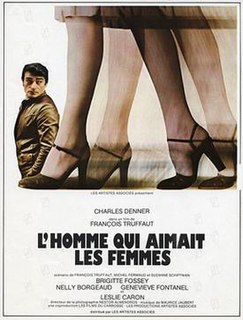
The Man Who Loved Women is a 1977 French comedy/drama film directed by François Truffaut and starring Charles Denner, Brigitte Fossey and Nelly Borgeaud. In 1983, an American remake of the same name starring Burt Reynolds and Julie Andrews was produced by Hollywood. The film had a total of 955,262 admissions in France.
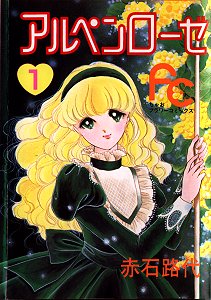
Alpen Rose is a shōjo manga series created by Michiyo Akaishi. The story was adapted into an anime by Tatsunoko Productions in 1985, with character designs by Akemi Takada.
Que la fête commence... is a 1975 French film directed by Bertrand Tavernier and starring Philippe Noiret. It is a historical drama set during the 18th century French Régence centring on the Breton Pontcallec Conspiracy.

Didier Bezace was a French actor.

Tell No One is a 2006 French neo-noir thriller film directed by Guillaume Canet and based on the 2001 novel of the same name by Harlan Coben. Written by Canet and Philippe Lefebvre and starring François Cluzet, the film won four categories at the 2007 César Awards in France: Best Director, Best Actor, Best Editing and Best Music Written for a Film.
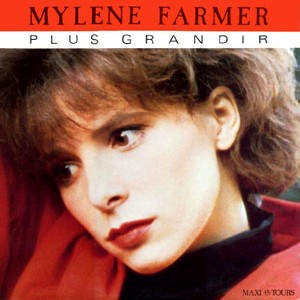
"Plus grandir" is a 1985 song recorded by French singer-songwriter Mylène Farmer and is the first song written by the singer. It was released twice: first, on 25 September 1985 in a studio version as second single from Farmer's debut album Cendres de Lune, then on 12 May 1990 in a live mix version as second single from the live album En Concert. In spite of positive critics and a music video produced as a short film in cinemascope, the song achieved moderate success in France in terms of sales and chart performances.

The Things of Life is a 1970 romantic drama film directed by Claude Sautet, based on the 1967 novel Intersection by Paul Guimard. The film centers around a car accident experienced by Pierre, an architect, and the events before and after it. The film won the Louis Delluc Prize, and had 2,959,682 admissions in France, becoming the eighth highest-earning film of the year.

La Totale! is a 1991 French spy comedy film directed by Claude Zidi. The film was the basis for director James Cameron's 1994 action comedy True Lies.

Maîtresse Françoise is a publicly known dominatrix in Paris, France. Her autobiography was published in France by publisher Éditions Gallimard.

Valérie Trierweiler is a French journalist and author. She has hosted political talk shows and has contributed to Paris Match. She is best known for having been the partner of the president of France, François Hollande, until January 2014.

The Blood of Others is a 1984 drama film directed by Claude Chabrol. It is based on the 1945 novel The Blood of Others by Simone de Beauvoir. The film was originally made as a three-hour English-language television film which debuted on August 25, 1984 on HBO. The film was then edited down by 40 minutes and dubbed into French for a European theatrical release.

Bastille Day is a 2016 action thriller film co-written and directed by James Watkins. It is a Luxembourgian, French and American venture produced by Anonymous Content, Vendôme Pictures, TF1 Films Production and StudioCanal. The film stars Idris Elba, Richard Madden, Charlotte Le Bon, Eriq Ebouaney and José Garcia. The film was released in the United Kingdom on 22 April 2016 and 13 July 2016 in France, and on 18 November 2016 in the United States.
Beatrice is a 1987 French-Italian historical drama film directed by Bertrand Tavernier and starring Bernard-Pierre Donnadieu, Julie Delpy and Nils Tavernier.
Muriel Téodori is a French psychoanalyst, writer, filmmaker and film producer.
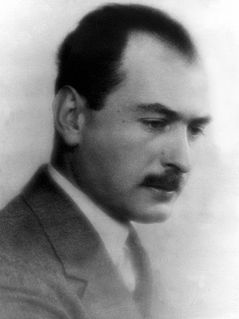
Jacques Arthuys was a French industrialist, a right-wing intellectual and early leader of the French Fascist movement. He was initially a pan-European but became opposed to the Nazi movement. During World War II (1939–45) he was leader of a French Resistance organization. He was arrested, deported to a concentration camp and killed by the Germans.

Julie Mathilde Charlotte Claire Bertuccelli is a French director born February 12, 1968, in Boulogne-Billancourt.

Happening is a 2021 French drama film directed by Audrey Diwan from a screenplay by Diwan and Marcia Romano, based on the 2000 novel of the same name by Annie Ernaux. The film stars Anamaria Vartolomei and Luàna Bajrami and is set to be distributed by Wild Bunch.
















